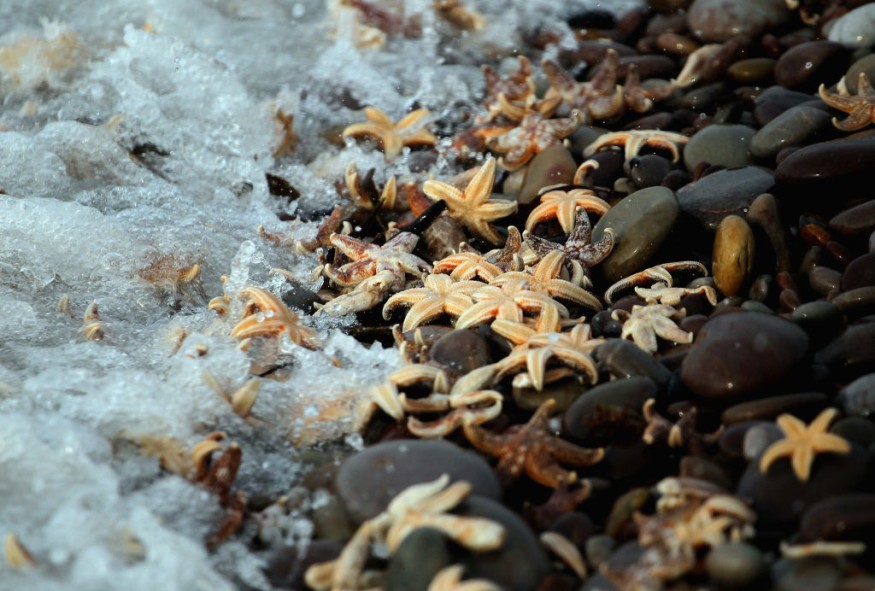Starfish strandings have been reported on several beaches along the South Carolina coast over recent weeks.
Although there have been multiple cases of marine animals being washed up on coastal areas worldwide, the latest case involved hundreds of starfish, with some unable to go back into their habitat and die over drylands.
South Carolina Beaches

The stranded star-shaped creatures were reported on Hilton Head Island in Lowcountry, South Carolina, according to the South Carolina-based newspaper The Island Packet.
The specific number is yet to be confirmed but the number of stranded starfish has been growing in numbers since April, with reports to have continued until Monday, May 9.
Both shocked locals and tourists took to social media to post their discoveries along the shores of the island, with one user claiming to have found up to 30 starfish, which she immediately returned to the ocean, during a morning beach walk.
Previous weather forecasts suggest temperatures near Hilton Head Island had reached in the upper 50s and low 60s, said the local broadsheet newspaper.
With climatic factors taken into account, this may explain the reason behind the starfish strandings.
Echinoderms: Starfish
Being part of the echinoderm invertebrate marine animals of the phylum Echinodermata, starfish are related to sea urchins, sea cucumbers, and sand dollars.
Echinoderms are found in almost all marine habitats and are part of a large proportion of the biomass, according to the Smithsonian Science Education Center (SSEC).
Also referred to as "sea stars," which resemble the shape of a star as depicted with five pointy edges in a synchronized pattern in popular culture.
However, these cold-blooded marine species are crucial to marine ecosystems, and they also feed on other invertebrates such as mussels and clams, said the SSEC.
Mass Stranding Events
In South Carolina, starfish strandings are reportedly a common natural phenomenon in the Lowcountry, notably during the spring and winter months when temperatures are cooler, as explained by The Island Packet.
Compared to some related events in South Carolina, the current number of strandings of the sea stars on Hilton Head Island is relatively low.
In June 2020, thousands of starfish have been stranded as well along beaches in seaside communities across the state.
Cases were reported on Myrtle Beach, Garden City Beach, and Surfside, as per Fox News.
The US media outlet cited that starfish were washed up during a low tide at that time of the year.
Scientific Explanations
Scientists have reportedly attributed these events to be related to ocean waves and currents, as well as high tides and low tides which are distinguished by their tidal range relative to the farthest reach of a wave to the shoreline in a given period of the year.
During a low tide, the land area occupied by a shoreline increase as water recedes back to the sea or ocean, this phenomenon leaves some starfish in their current location.
Meanwhile, a high tide is characterized by decreased shoreline coverage due to the advance of seawater.
In a previous study published in the journal Marine Biodiversity in May 2016, other scientists believe that "star balling" is one of the reasons why a number of starfish are prone to mass beach strandings relative to strong winds and with the said tide conditions.
In the 2016 study, researchers from Plymouth University gave the term star balling when starfish curl their arms into a ball-shaped figure.
In a star ball position, the movement of the echinoderms is increased, allowing them to be swept away by currents, winds, and tidal waves more easily.
© 2025 NatureWorldNews.com All rights reserved. Do not reproduce without permission.





